Table of Contents
Ever chase that perfect, tender, juicy meatball? The kind that reminds you of Sunday dinners, simmering in a rich tomato sauce? Forget those dry, flavorless imposters. We're diving deep into the heart of Italian comfort food with a classic old italian meatball recipe. This isn't just about mixing meat and breadcrumbs; it's about understanding the simple science and time-honored techniques that Nonnas have perfected over generations.
Why an Old Italian Meatball Recipe Matters
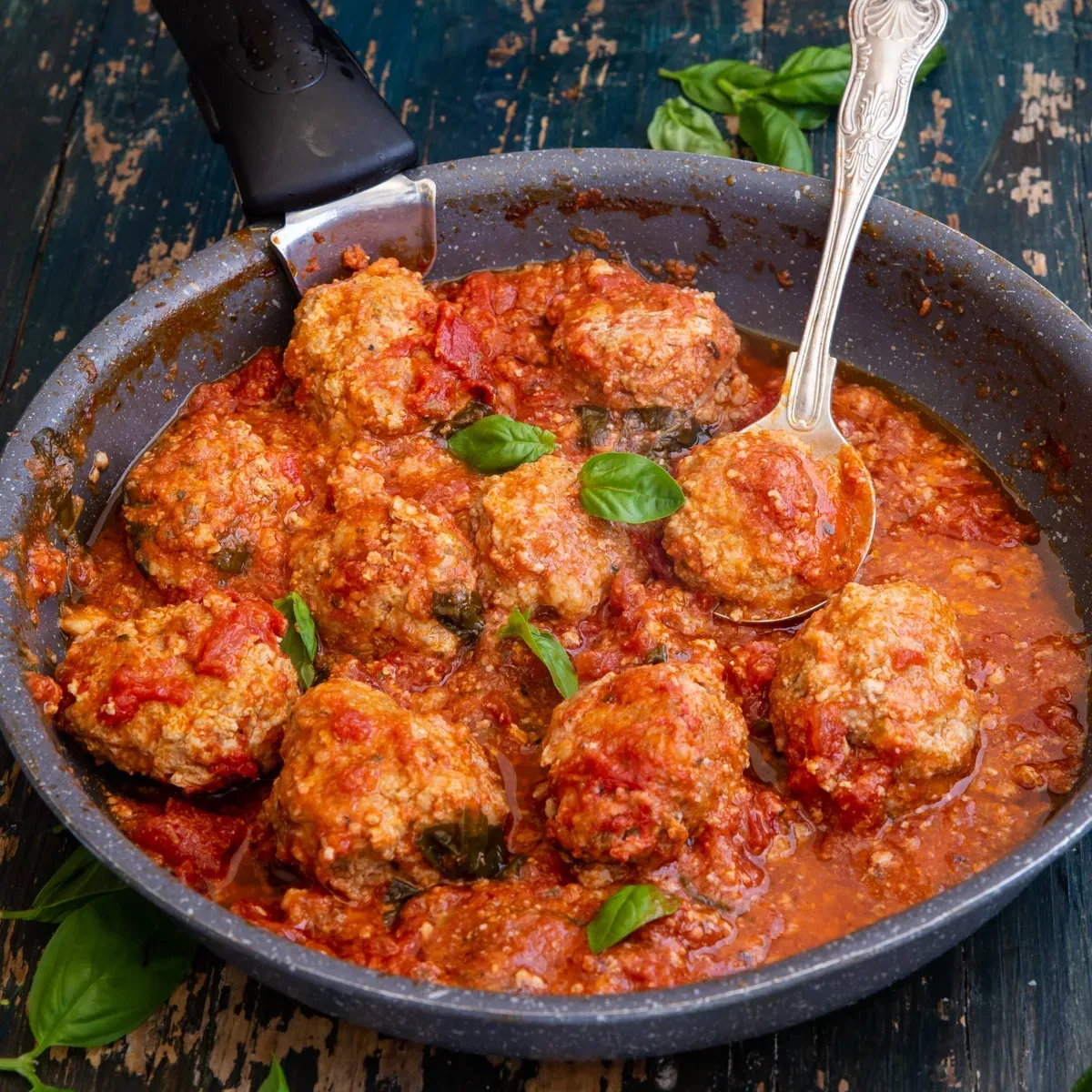
Why an Old Italian Meatball Recipe Matters
More Than Just Food: A Taste of Heritage
When someone talks about an old Italian meatball recipe, they're not just describing ingredients and steps. They're talking about history on a plate. These meatballs are culinary artifacts, passed down through generations, carrying the weight of countless family dinners, holiday feasts, and quiet Sunday afternoons. They represent a connection to the past, a tangible link to the kitchens of grandmothers and great-grandmothers who perfected this simple yet profound dish with limited resources but unlimited heart.
Forget the frozen bags or the quick-fix recipes online that promise speed over substance. An authentic old italian meatball recipe prioritizes flavor developed over time, texture achieved through careful technique, and the simple satisfaction of making something truly nourishing from scratch. It's a small act of rebellion against a world that often rushes dinner, reminding us that some things are worth the time and effort.
- Why settle for bland?
- Why rush perfection?
- Why erase generations of kitchen wisdom?
The Science of Tenderness: Techniques That Work
What makes an old italian meatball recipe stand apart? It's not magic; it's technique rooted in common sense and experience. The use of stale bread soaked in milk, the gentle hand in mixing, the specific blend of meats – these aren't random choices. They are methods designed to create a tender, moist meatball that holds its shape without being dense or tough. It’s about creating a delicate structure that traps juices as it cooks, whether simmering in sauce or baking.
Modern recipes sometimes skip these steps, opting for dry breadcrumbs or overworking the mixture. The result? Meatballs that shrink dramatically, turn into hard little pellets, or taste like cardboard. The traditional way, the old italian meatball recipe way, focuses on building flavor and texture from the ground up, ensuring every bite is soft, succulent, and deeply satisfying. It’s a masterclass in getting the most out of humble ingredients.
Building Blocks of Flavor: Simple, Quality Ingredients
An old italian meatball recipe relies on a few key, quality ingredients, used correctly. We're talking about a mix of meats, often beef, sometimes pork and veal, providing depth and richness. The binder is crucial – that soaked bread (panade) is the secret weapon for moisture, far superior to dry crumbs alone. Fresh herbs, garlic, maybe a touch of cheese – these elements add layers of flavor without overwhelming the star: the meatball itself.
It’s not about fancy ingredients or complicated spice blends. It’s about respecting the quality of what you have and letting the natural flavors shine. This minimalist approach, focusing on foundational elements, is a hallmark of classic Italian cooking and the reason an old italian meatball recipe tastes so genuinely good. It strips away the unnecessary and highlights the essential.
The Foundation: Key Ingredients for Your Old Italian Meatball Recipe
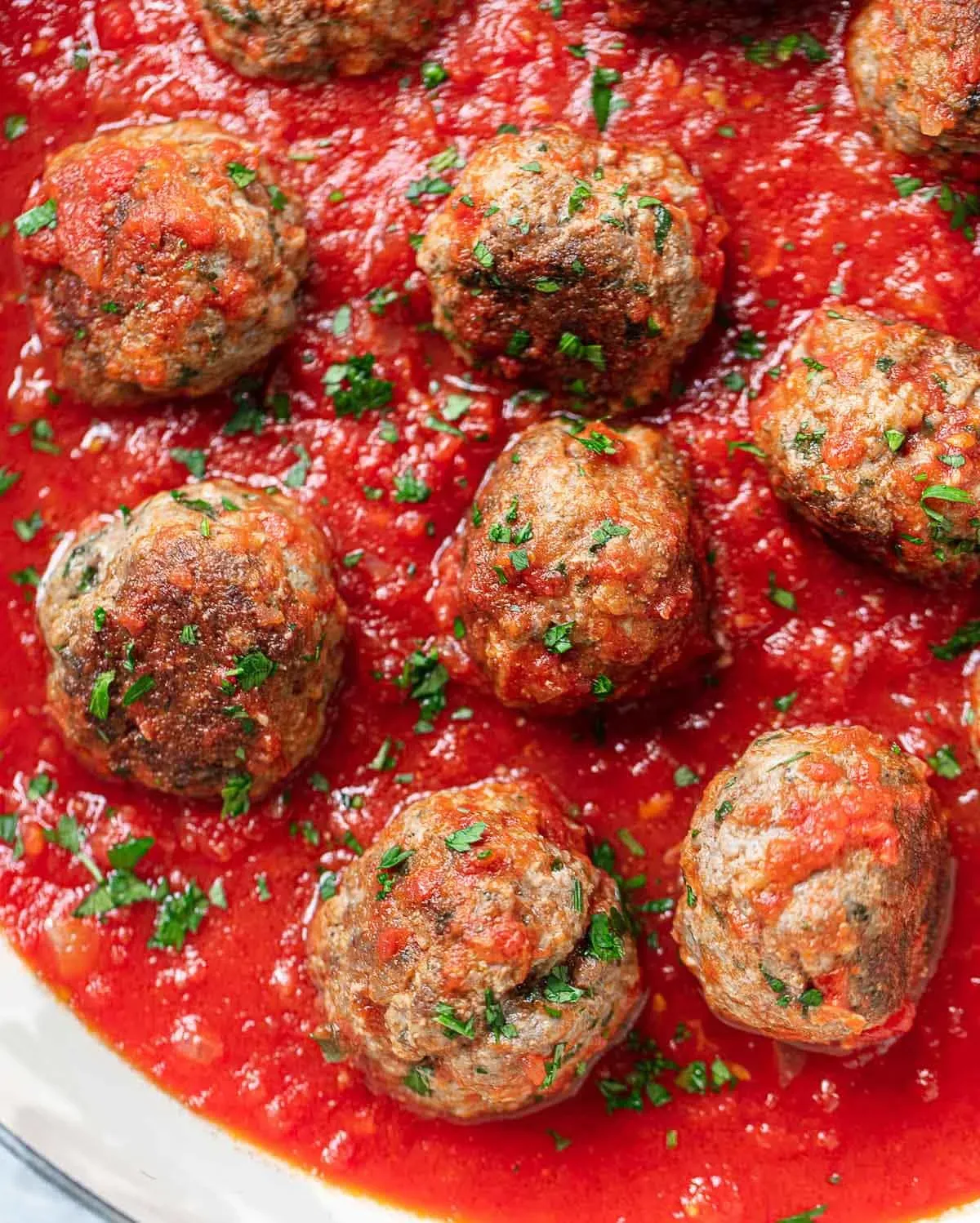
The Foundation: Key Ingredients for Your Old Italian Meatball Recipe
Getting the Meat Right: The Crucial Blend
You wouldn't build a house with just one type of material, right? Same goes for a truly great old italian meatball recipe. Relying solely on lean ground beef is a rookie mistake. You need fat for flavor and moisture. A classic approach often involves a mix: beef for structure and depth, pork for tenderness and richness, and sometimes veal for a delicate texture. The ratio matters. A common starting point is equal parts beef and pork, maybe a smaller amount of veal if you're feeling fancy. Aim for ground meat with about 15-20% fat. That fat renders as the meatballs cook, keeping them from drying out.
Don't just grab the first package of ground meat you see. Look for meat ground fresh if possible. The quality of your meat dictates the final flavor profile. A bland meat means a bland meatball, no matter how good your sauce is. This blend is the bedrock of your old italian meatball recipe, so choose wisely.
The Secret Weapon: Stale Bread, Not Crumbs
This is where many modern recipes veer off course. They call for dry breadcrumbs. Stop. An authentic old italian meatball recipe uses stale bread, specifically the crustless inner part, soaked in milk or water. This creates what's called a panade. Why? Dry breadcrumbs absorb moisture from the meat mixture as it cooks, leading to a tougher, drier meatball. Soaked bread, however, adds moisture and creates a light, tender texture. It acts like a sponge, expanding slightly and trapping juices within the meat matrix.
Using good quality, crusty Italian bread that's a day or two old works perfectly. Tear it into small pieces, soak it, then squeeze out the excess liquid before adding it to your meat mixture. This seemingly small step makes a monumental difference in achieving that coveted tender, juicy result characteristic of a proper old italian meatball recipe.
- Dry Breadcrumbs: Absorb moisture, can make meatballs dense.
- Soaked Stale Bread (Panade): Adds moisture, creates tender texture.
Flavor Boosters: Herbs, Cheese, and Aromatics
Beyond the meat and the panade, a few simple additions elevate your old italian meatball recipe from good to unforgettable. Finely minced fresh parsley is non-negotiable; it adds brightness and a touch of freshness. Grated Pecorino Romano or Parmesan cheese brings a salty, savory depth that complements the meat beautifully. Don't skimp on the garlic, finely minced or grated, but use it judiciously – you want flavor, not an overpowering bite. Some recipes add a pinch of red pepper flakes for a subtle warmth, or a touch of nutmeg, which surprisingly enhances the meat's flavor without tasting overtly spicy.
Remember, these are supporting players. They enhance the main event – the meatball – they don't dominate it. The beauty of an old italian meatball recipe lies in its simplicity and the way a few quality ingredients come together harmoniously.
Crafting the Perfect Ball: Making Your Old Italian Meatball Recipe
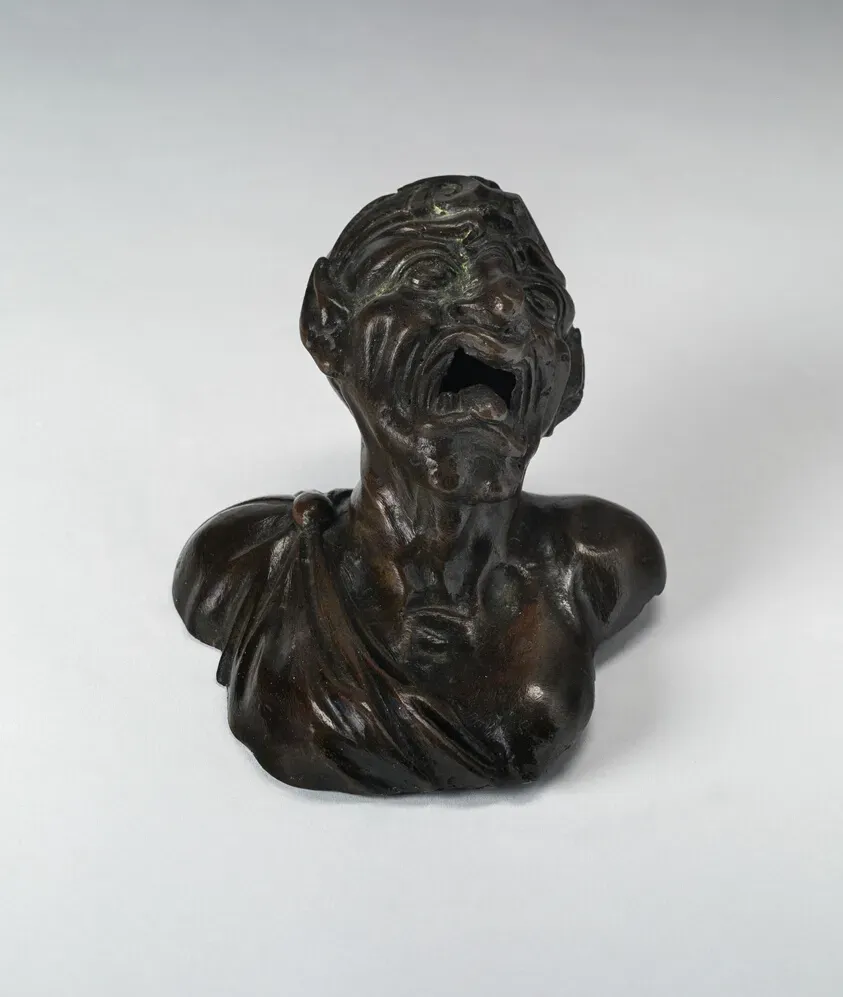
Crafting the Perfect Ball: Making Your Old Italian Meatball Recipe
Alright, you've got your finely tuned meat blend, that magical soaked bread ready to go, and your flavor boosters lined up. Now comes the hands-on part of making your old italian meatball recipe: mixing and shaping. This isn't the time to channel your inner industrial mixer. Overworking the meat is the fastest way to tough, bouncy meatballs. Think gentle. Combine the meat, squeezed-out bread, herbs, cheese, garlic, eggs, salt, and pepper in a large bowl. Use your hands, but be light about it. You want everything just combined, not mashed into a paste. Imagine you're folding air into the mixture, not trying to make a brick. Wet your hands slightly with water or olive oil before you start rolling the balls. This prevents sticking and helps create a smooth surface. Aim for meatballs roughly the size of a golf ball or slightly larger – uniform size ensures they cook evenly. Don't pack them too tightly; a little looseness helps with tenderness.
Sauce and Simmer: Finishing Your Old Italian Meatball Recipe
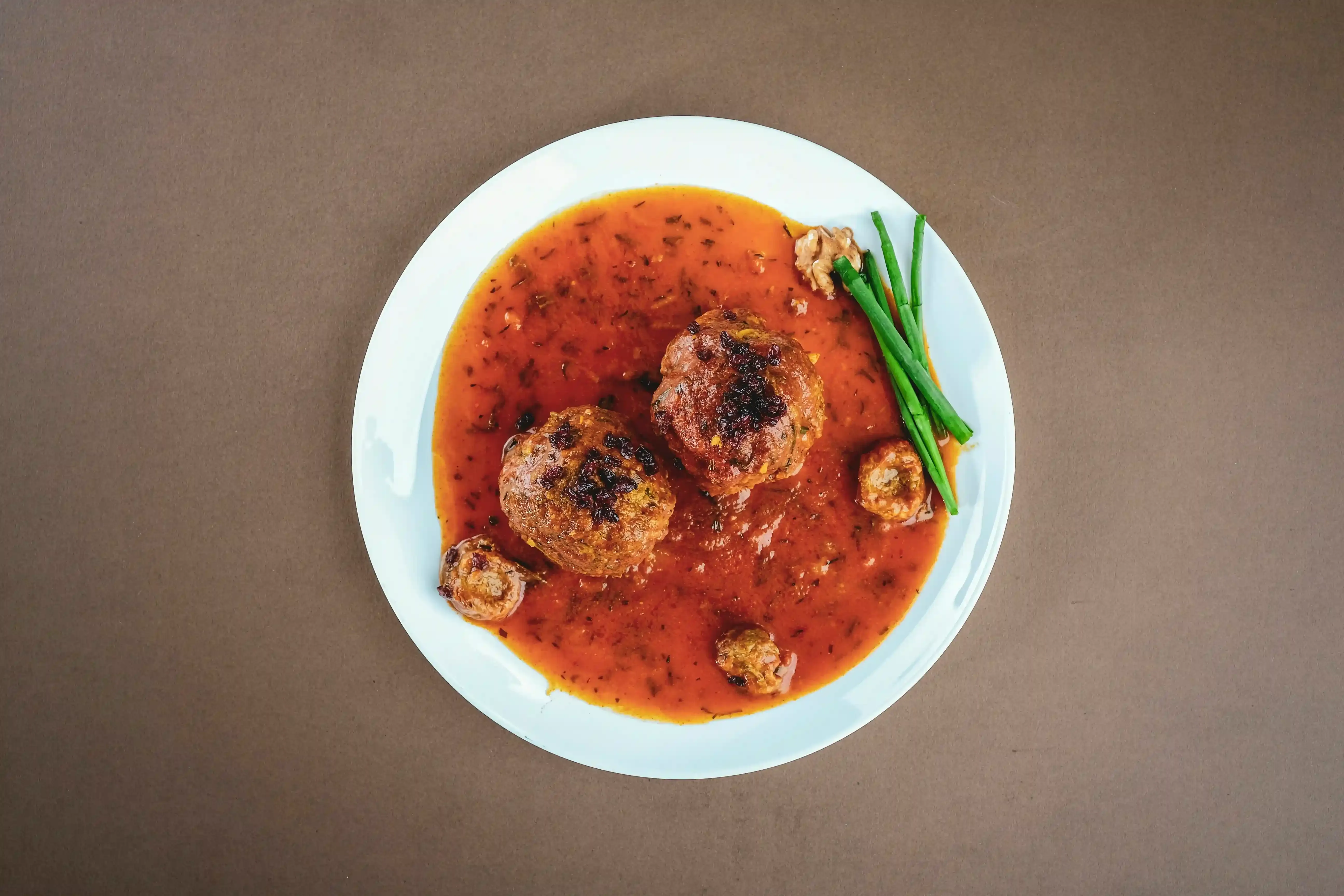
Sauce and Simmer: Finishing Your Old Italian Meatball Recipe
Getting Them Ready for Their Bath: Searing or Baking?
So you've rolled your perfect little spheres of meaty goodness for your old italian meatball recipe. Now, before they hit the sauce, you've got a decision: sear or bake? Some folks swear by searing them in a hot pan with a little olive oil until they're browned all over. This gives them a lovely crust, adds another layer of flavor through caramelization, and helps them hold their shape beautifully when they start simmering. It’s a classic move. Others prefer to bake them on a sheet pan until they're just cooked through. This is less messy and ensures even cooking without needing to stand over a hot stove flipping balls. Both methods work, but searing definitely adds that extra depth of flavor that feels right for a true old italian meatball recipe.
The Long, Slow Simmer: Where Magic Happens
This is the crucial final act for your old italian meatball recipe. Once your meatballs are prepped (seared or baked), they need to take a long, slow bath in your simmering tomato sauce. Don't just dump them in and call it a day. Gentle simmering for at least an hour, preferably longer, is non-negotiable. This isn't just about cooking them through; it's about allowing the flavors to meld. The meatballs release some of their deliciousness into the sauce, and in turn, they soak up the richness of the tomatoes, garlic, and herbs. This slow infusion is what transforms a simple meatball into something truly special – tender, flavorful, and deeply comforting. Rushing this step is like skipping the last chapter of a good book; you miss the best part.
Choosing Your Meatball Prep Method:
- Searing: Adds crust, deepens flavor, helps maintain shape. Requires more active attention.
- Baking: Less messy, even cooking, hands-off. Slightly less intense flavor development than searing.
- Direct Simmering (less common for classic recipes): Can make meatballs fall apart if not handled gently; flavors meld but without the initial crust.
FAQs About Your Old Italian Meatball Recipe
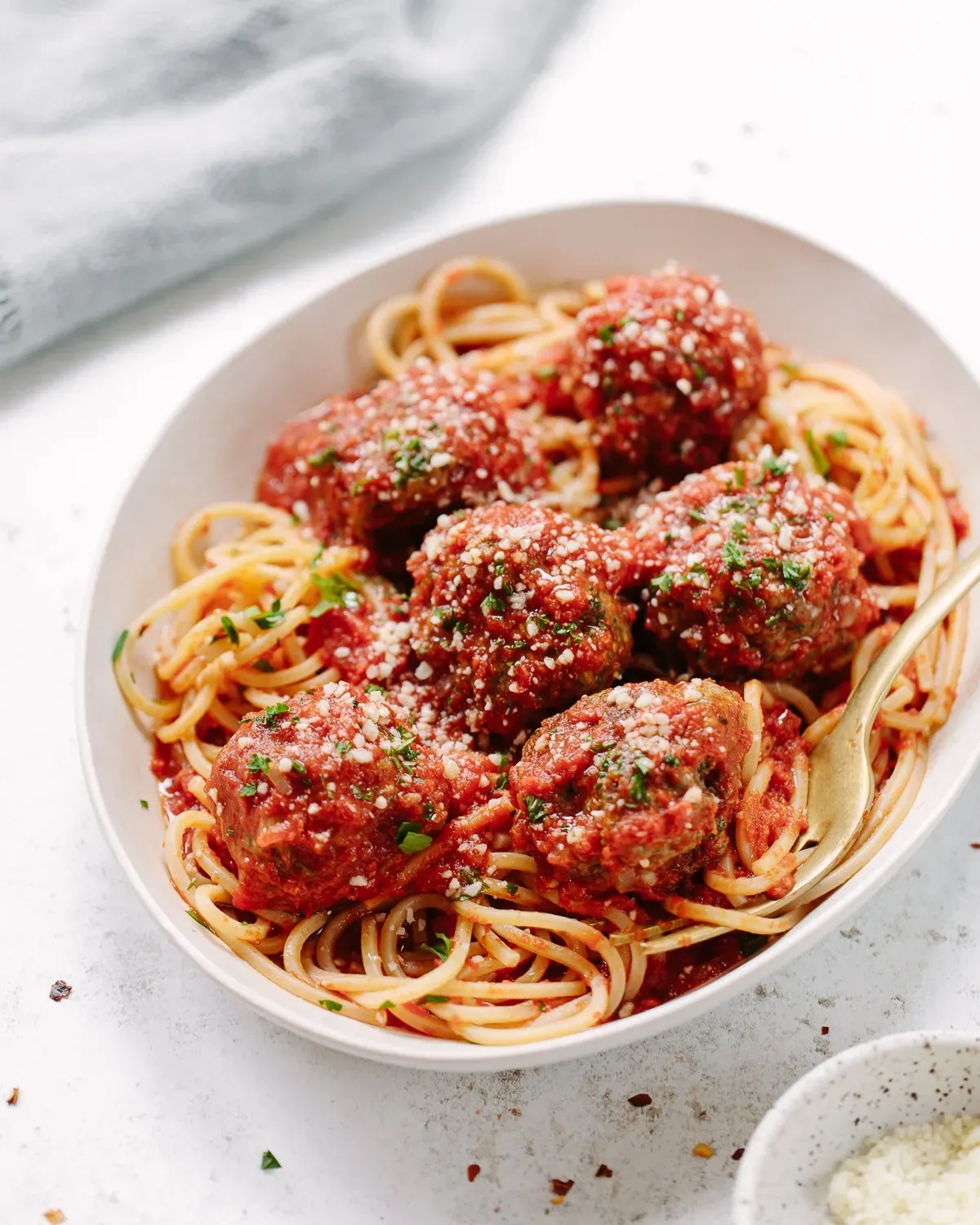
FAQs About Your Old Italian Meatball Recipe
Why are my meatballs dry?
Dry meatballs are a common lament, and usually, the culprit is twofold: lean meat and skipping the panade (that soaked bread). Remember, fat equals flavor and moisture. Using meat that's too lean, like 90/10 ground beef, guarantees a dry outcome. You need that 15-20% fat content to render and keep things juicy. The other major factor is the binder. Dry breadcrumbs suck moisture out. That soaked stale bread? It *adds* moisture and creates a tender structure. If your old italian meatball recipe calls for dry crumbs, toss that recipe and find one that uses the panade method. Also, be careful not to overcook them. Once they've simmered in the sauce for an hour or so, they're likely done. Excessive cooking will just dry them out.
Can I make my old italian meatball recipe ahead of time or freeze them?
Absolutely. This is one of the best things about making a big batch of your old italian meatball recipe. You can cook them fully in the sauce, let them cool, and store them in an airtight container in the fridge for 3-4 days. Reheat gently on the stove. For longer storage, freeze the cooked meatballs submerged in sauce in freezer-safe containers or bags. Thaw overnight in the fridge and reheat. You can also freeze the raw, shaped meatballs on a baking sheet until solid, then transfer them to a freezer bag. Cook from frozen by adding them directly to simmering sauce, they'll just need a little longer to heat through. Having a stash of these ready is a lifesaver on busy weeknights.
Quick Troubleshooting Guide:
- Dry Meatballs: Check fat content of meat (aim for 15-20%), use soaked bread panade, avoid overcooking.
- Meatballs Falling Apart: Don't over-soak the bread, ensure enough binder (egg), handle gently when adding to sauce (simmer, don't boil).
- Tough Meatballs: Don't overwork the mixture when mixing, don't pack the balls too tightly when shaping.
Your New Go-To Old Italian Meatball Recipe
So there you have it. No magic tricks, no secret family ingredient you can't find. Just solid technique, quality ingredients, and a little patience. You've learned why that panade is your best friend, why simmering low and slow is key, and how to avoid those sad, dense little pucks some folks call meatballs. This old italian meatball recipe isn't just about food; it's about carrying on a delicious legacy. Go forth and make some meatballs that would make any Nonna nod in approval. And maybe, just maybe, don't tell everyone your exact secret. Let 'em wonder.